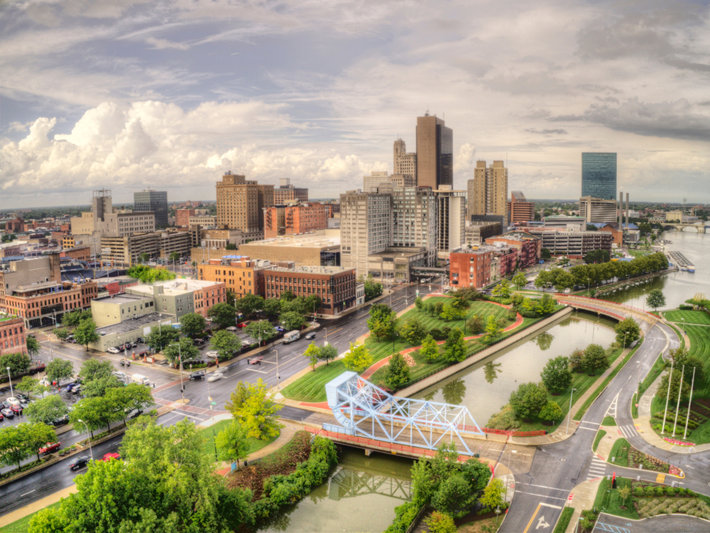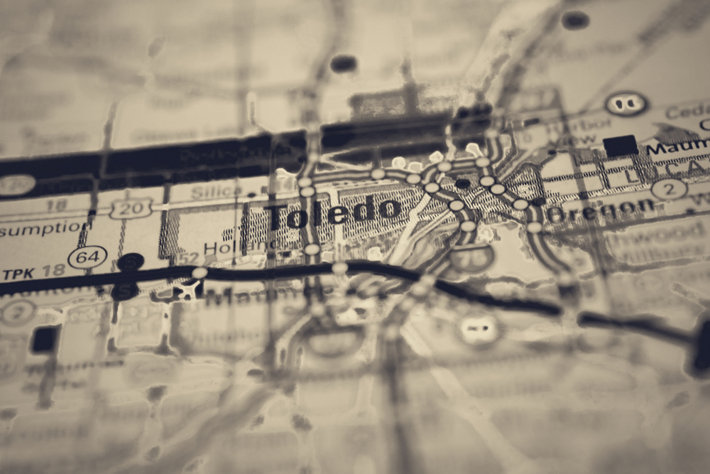Toledo, Ohio:
Drug Abuse

Toledo, Ohio has a population of 313,691 and is located in Lucas County on the western end of Lake Erie on the Michigan border.
Toledo is known as the Glass City due to its long history of innovation in all areas of the glass industry: windows, bottles, windshields, glass art, and more.
The city is also known as “The Auto Parts Capital of the World” with several auto parts companies including Dana Corporation and Jeep headquartered here
Home to the Toledo Speedway, the city has many recreational opportunities including parks, venues for the arts and entertainment, museums, the Toledo Zoo, and dozens of restaurants and watering holes.
Toledo tends to rate higher than the national average in most crime rates including robbery, aggravated assault, and arson. Toledo also has a serious ongoing drug problem.
Toledo, Ohio: Drug Information

Ohio’s problem with painkillers and heroin is among the worst in the nation. The heroin overdose rates have been increasing at a staggering speed in the last few years.
In the Toledo area, they’ve increased from eight in 2010 to 80 in 2012. They nearly doubled the next year, reaching 145 in 2014. The only good news the following year was that the numbers had started to flatten out and were no longer making huge jumps each year.
Across the state, 983 people died from heroin in 2013 and another 726 died from a prescription opioid overdose. By comparison, only 78 people died due to heroin overdose in 2003.
In all, 2,110 people died from drug or alcohol overdoses in 2013, or one about every four hours. Nearby Erie County is one of the hardest hit of all the counties in Ohio.
City and state governments have responded to this emergency by devoting resources to finding solutions. Prescription drug monitoring programs and drug disposal resources help remove drugs from circulation. There’s growing support for the distribution of naloxone, the antidote to opioid overdose that brings people back from death’s door.
In Ohio, alcohol is the top drug sending people to rehab, but not by much. As alcohol sends fewer people to rehab, heroin’s numbers are climbing and threatening to meet those of alcohol.
Exceeding the number going to rehab for heroin are the number needing help for marijuana. Each year, more than 1.2 million people smoke or otherwise consume marijuana products. More than 100,000 new Ohioans start smoking pot. An estimated 48,000 of them are between 12 and 17 years of age and 51,000 are 18 to 26.
Cocaine is a dwindling threat to the state and methamphetamine numbers have always been fairly low. There are a few meth labs found in the counties around Lucas, but fewer than 10, even in the counties more heavily frequented by meth cooks.
It’s estimated that, each year, more than a quarter-million Ohioans need help for their drug or alcohol dependence or abuse but don’t get it. At any particular time, there are more than 37,000 people in rehab in the state, but still, less than 9% of those who need help for alcohol problems get it.
Of those in treatment, nearly 5,000 people are receiving methadone and another 2,600 are taking buprenorphine every day. While these drugs help people may get out of a criminal lifestyle, they are nonetheless replacing one addictive substance with another.
Families may have given up trying to help an opioid addict stay sober after graduation but we have in no way given up that goal at Narconon New LIfe Retreat.
One hundred percent sobriety is the goal of Narconon. The entire program is designed to help a person repair the damage from addiction and learn how to overcome the forces that might trigger their desire to use drugs or drink again.
The number of workable drug abuse solutions in Toledo, Ohio are unfortunately very limited, as most programs aren’t long-term residential and aren’t results-based. This is why so many people in Toledo looking for a successful drug rehab program are turning to the Riverbend Retreat for answers.
There are eight drug rehab programs in the Toledo area. These are, by and large, outpatient programs or ones that utilize buprenorphine or methadone to maintain those in treatment on an opioid drug to prevent withdrawal sickness.
At Narconon New Life Retreat, we know it is possible to go home after rehab 100% free from any mind-altering drugs.
What goal should a drug rehab center have? Those who have been through rehab should have the ability to stay sober when rehab is done. That has been our goal for nearly 50 years. Call us to learn more about how we accomplish this goal.